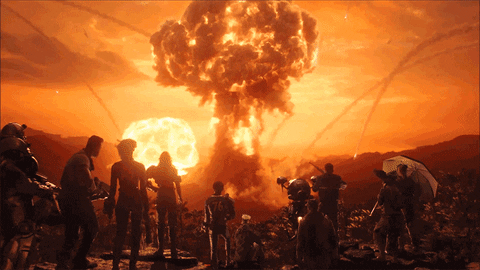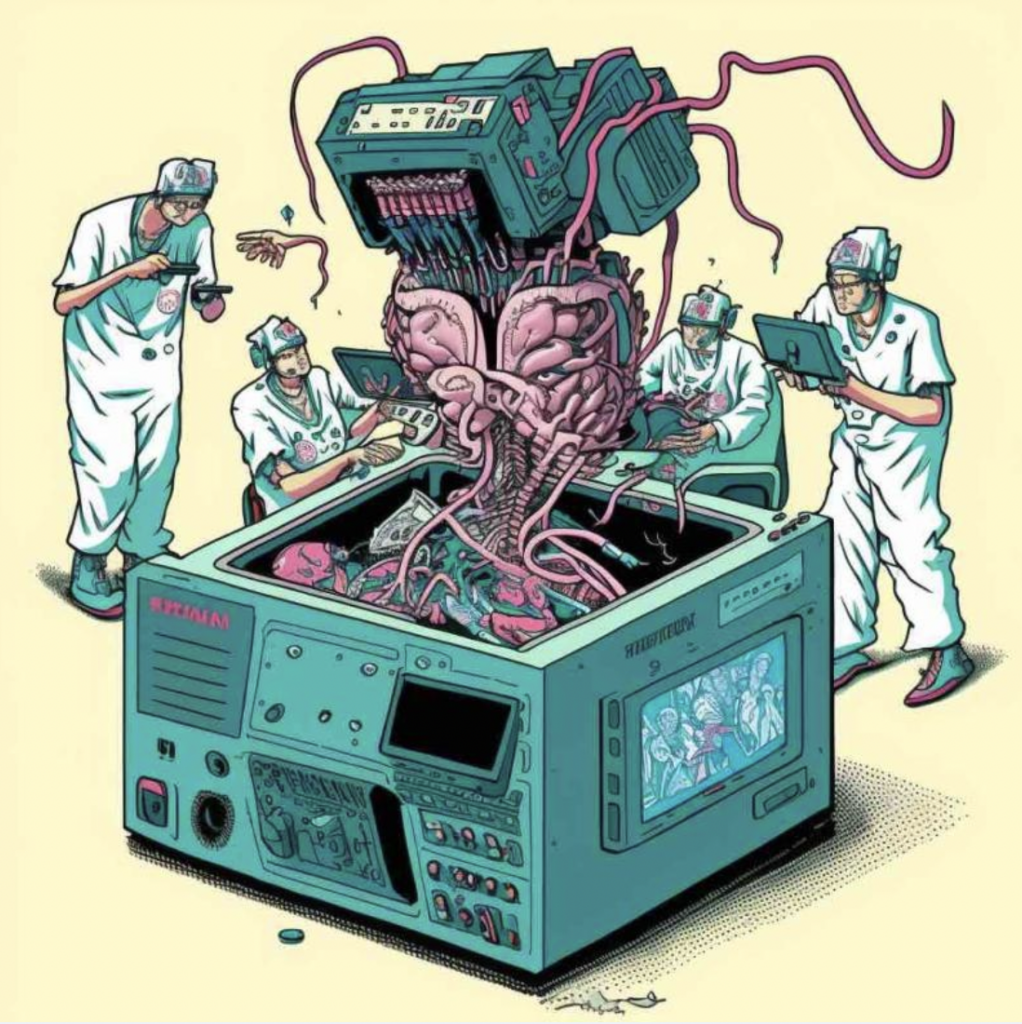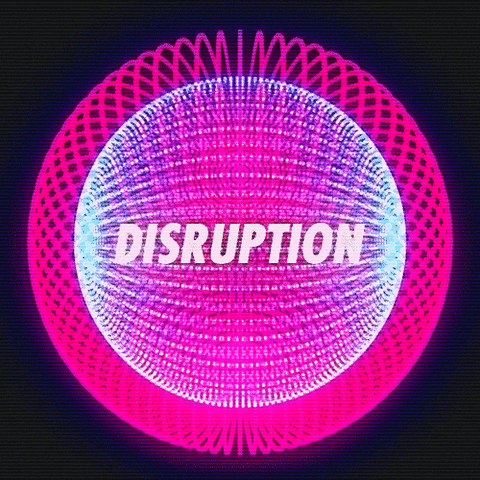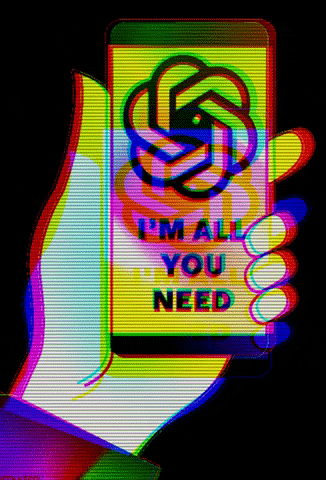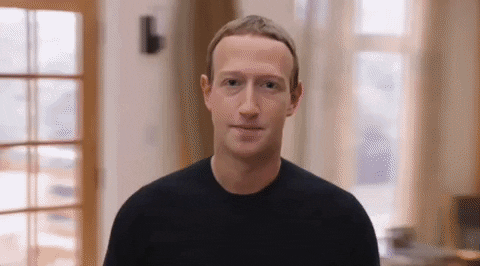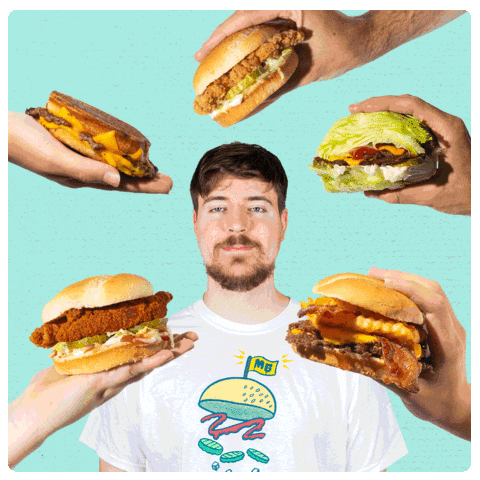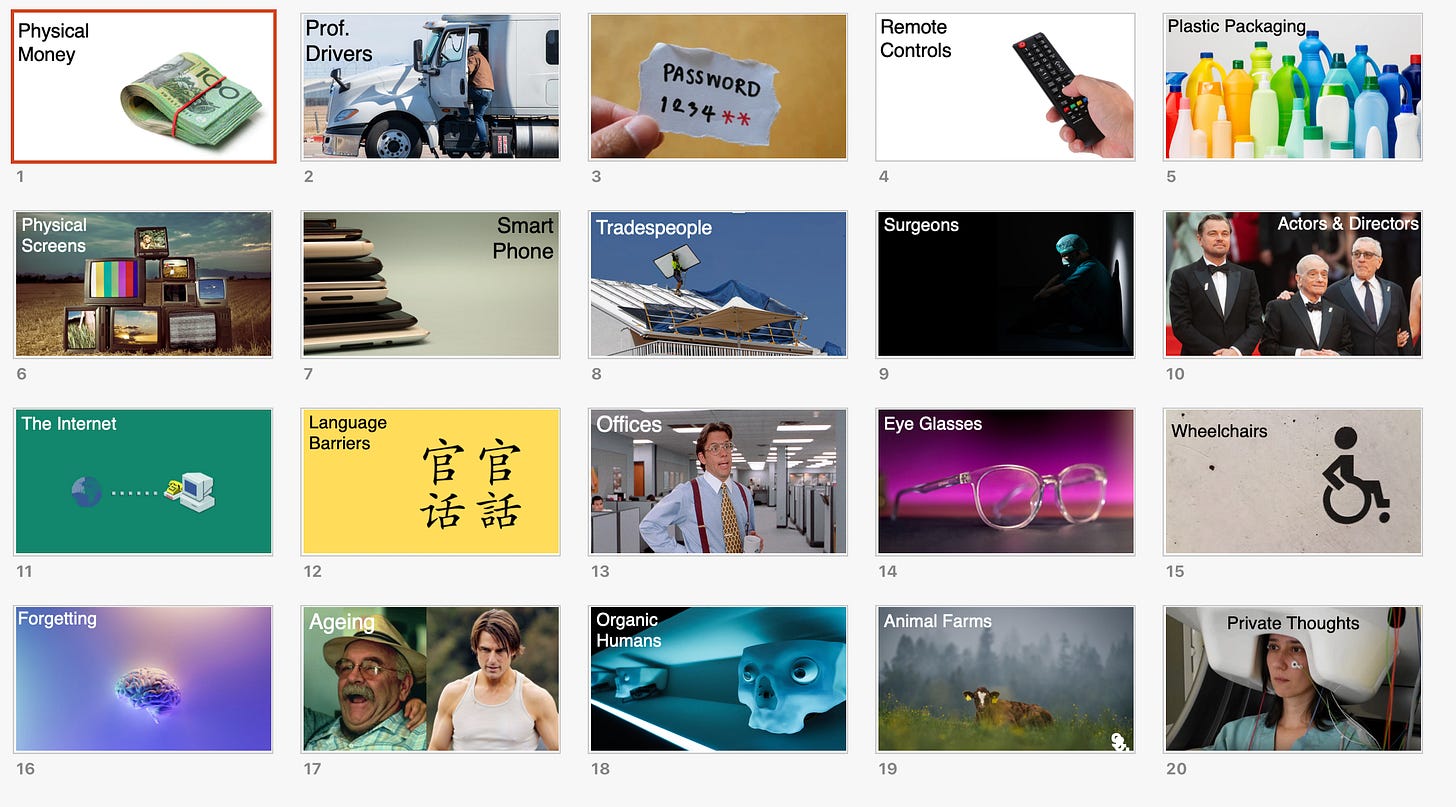
20 Things You’ll See in 20 Years
So many ‘modern’ technologies, ideas, and even social constructs are about to disappear — much quicker than we think. You might even find this a bit confronting, even unrealistic. But all of it is based on the technological possibilities of today… so buckle up.
Here are 20 exhibits you can expect in the Museum of the Future — and why they matter.
1. Physical Money
Remember coins and crumpled notes? They still exist… barely. The concept of cash will seem so antiquated — tokens and paper with pictures on them. Already, money is just numbers on screens and in databases. You’ll realise your kids have never even held money.
Supporting Factoid: Globally, physical money only represents 8% of the total supply of ‘cash’ people can make a claim on. In Australia, it is only 4% today.
2. Professional Drivers
Imagine a wall of steering wheels, gear sticks, and car keys. Videos of Uber drivers, truckies, and couriers — the last generation who steered their own destiny. Autonomous vehicles made this a job from history.
Supporting Factoid: Waymo (Google’s self-driving service) already has 1,500 cars operating in the USA, and they have a greater market share than Uber in every market they operate in.
3. Passwords
A light installation flashing millions of random characters — reminders of the era when we were the security system. Biometrics and passkeys made the “password” as dead as the rotary dial phone.
We are already halfway there…
4. Remote Controls
A giant pile of remotes in a Perspex box — all useless. Gesture, voice, and neural interfaces mean we control the world by thought.
5. Plastic Packaging
Supporting Factoid: Plant-based bioplastics are emerging quickly to replace plastic with all the efficacy, as well as being fully biodegradable.
6. Physical Screens
Possible Replacement: Direct wiring into neural cortex!
7. Smartphones
A special section: the thing that made us gods for 10 years and slaves for another 20. The artefact that connected, distracted, and reprogrammed humanity.
Supporting Factoid: Smart glasses are emerging quickly as the most likely candidate to replace them. Meta’s latest iteration is quite impressive. But eventually contact lenses will win this race.
8. Tradespeople
Robot arms laying bricks and 3D-printed plumbing rigs. And humanoids doing any and every type of trade. You’ll watch footage of human tradies from the 2020s and feel nostalgic for the banter, not the cost.
Supporting Factoid: Humanoid robots can already be bought for around $16k. By the end of this decade, they’ll do everything people can — after being shown once, or downloading some ‘how to’ software.
9. Surgeons
Delicate metal scalpels suspended mid-air. The last human hands to open a chest cavity before precision robotic surgery took over.
Supporting Factoid: There were 14+ million robotic surgical procedures performed last year. And the first non-human-assisted trials are happening this year. Question: Would you rather a surgeon who has performed an operation 87 times, or a robot that’s done it over a million times in every context?
10. Actors & Directors
A wing filled with deepfake celebrities performing Shakespeare in every language. The final days of the Hollywood “star system,” when studios owned the faces and voices of the famous.
In the future, studios will mint new stars from AI that they own and control and don’t have to pay. Or even license our old favourites like Leo DiCaprio and Scarlett Johansson… while they stay home and watch Netflix.
11. The Internet
A blacked-out room with a dial-up modem screeching on loop. You’ll watch a screen to experience what “the feed” used to look like — and how it hacked our attention before decentralised, sovereign data grids took over, and bots took over.
Supporting Factoid: Just this year, the internet crossed over to more fake traffic than real human traffic. Humans are already exiting the internet.
12. Language Barriers
Supporting Factoid: Many current smartphones and the latest Apple AirPods can already do this live.
13. Offices
Cubicles, water coolers, swipe cards. The last relics of “going to work.” In the future, work is a network — not a place.
The age of the digital craftsperson is already here.
14. Eyeglasses
A shelf of spectacles — quaint relics before gene therapy and nano-optics corrected sight at birth, or for us existential humans within the next decade…
15. Wheelchairs
A striking display of mobility aids that became obsolete once exoskeletons and neurotech restored motion to millions.
16. Forgetting
A poetic, slightly eerie space where visitors can choose to delete a memory — and then sit with the silence. In a world of perfect recall, the right to forget became sacred.
Question: Would you want to remember everything (childbirth?) or are some life experiences best forgotten?
17. Ageing
A time-lapse projection of faces getting younger again. Regenerative medicine turned ageing into an option, not a destiny.
Supporting Factoid: Live till 2035 and you’ll live forever… Read this if you haven’t already.
Would you want to liver forever?
18. Organic Humans
Yes, there will be a whole exhibit on “baseline humans.” No implants, no genetic tweaks, no cloud extensions. Just raw, analogue Homo sapiens.
We are merging with machines… rapidly.
19. Animal Farms
Screens of industrial animal agriculture — now gone — next to vats of lab-grown meat. These will be nature-identical down to the exact texture at the molecular level. A celebration of the end of animal suffering as a source of protein.
Confronting Thought: 50 years from now, killing an animal to eat it will be seen as worse than human slavery… Our grandchildren will be disgusted we ever killed and ate dead animals
20. Private Thoughts
A dark, intimate room where visitors sit in silence. It will be the most confronting exhibit: a reminder that once upon a time, your thoughts were yours alone.
Supporting Factoid: We are already reading people’s minds… I wrote about it here.
** Get me into do an AI keynote at your next event. I’ll use this as my testimonial!
The museum of the future won’t just display objects — it will display values. It will remind us what we lost, what we gained, and what we traded along the way. It won’t just be a walk through history. It’ll be a mirror — showing us who we chose to become.
Now consider the work you do or the company you work for… and ask yourself important this question:
Is it time to pivot to avoid the inevitable?
Keep Thinking,
Steve.
